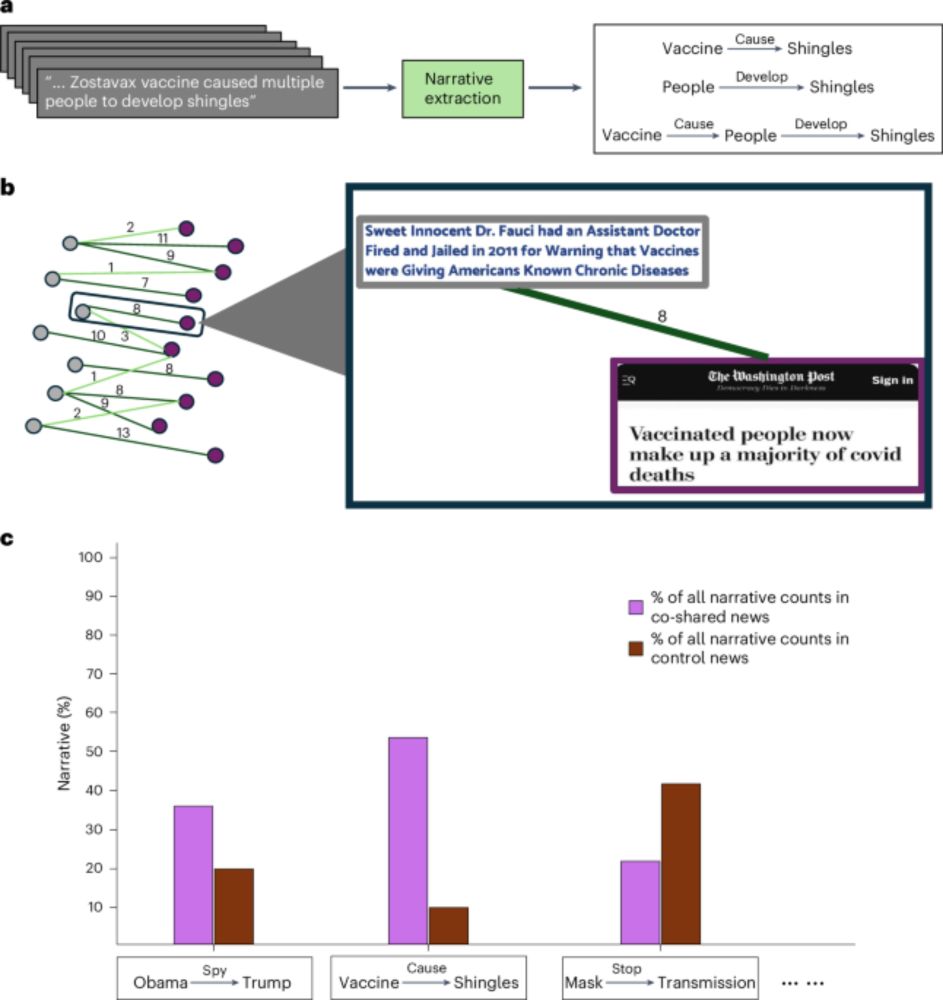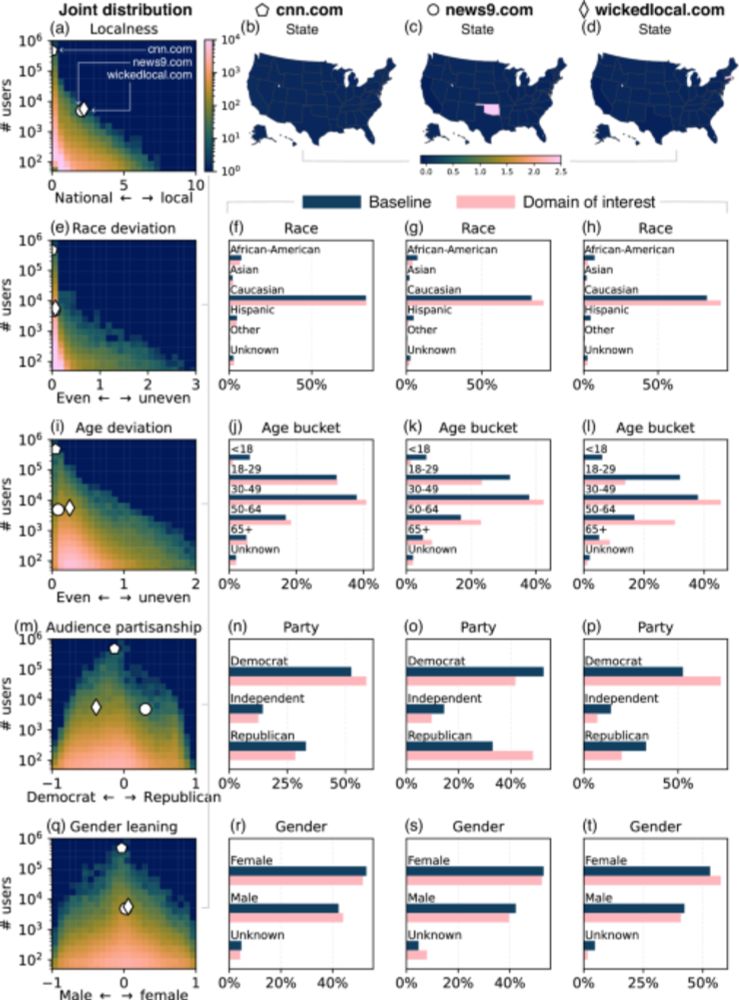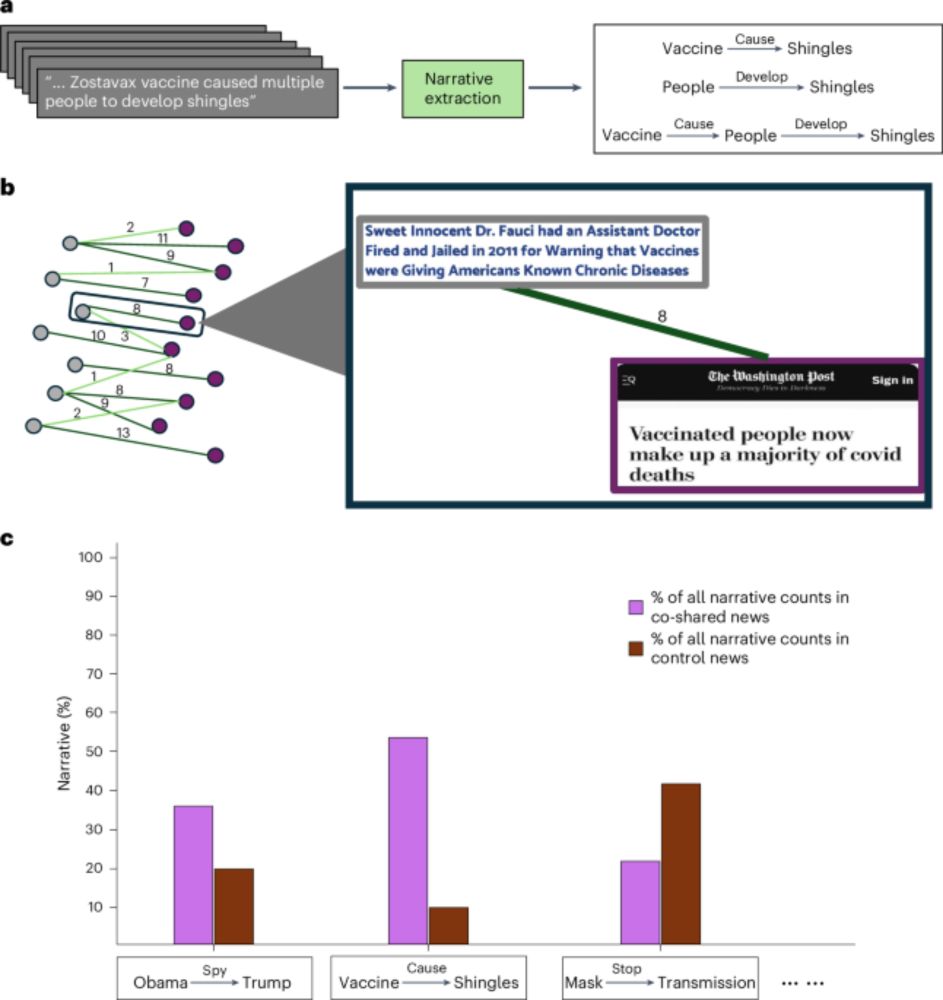Pranav Goel
@pranavgoel.bsky.social
120 followers
160 following
14 posts
Researcher: Computational Social Science, Text as Data
On the job market in Fall 2025!
Currently a Postdoctoral Research Associate at Network Science Institute, Northeastern University
Website: pranav-goel.github.io/
Posts
Media
Videos
Starter Packs
Reposted by Pranav Goel
Pranav Goel
@pranavgoel.bsky.social
· Jun 11
Pranav Goel
@pranavgoel.bsky.social
· Jun 11
Pranav Goel
@pranavgoel.bsky.social
· Jun 11
Pranav Goel
@pranavgoel.bsky.social
· Jun 11
Pranav Goel
@pranavgoel.bsky.social
· Jun 11
Pranav Goel
@pranavgoel.bsky.social
· Jun 11
Pranav Goel
@pranavgoel.bsky.social
· Jun 11
Pranav Goel
@pranavgoel.bsky.social
· Jun 11
Pranav Goel
@pranavgoel.bsky.social
· Jun 11
Pranav Goel
@pranavgoel.bsky.social
· Jun 11
Pranav Goel
@pranavgoel.bsky.social
· Jun 11

Using co-sharing to identify use of mainstream news for promoting potentially misleading narratives - Nature Human Behaviour
Goel et al. examine why some factually correct news articles are often shared by users who also shared fake news articles on social media.
nature.com
Pranav Goel
@pranavgoel.bsky.social
· Jun 11
Reposted by Pranav Goel
David Lazer
@davidlazer.bsky.social
· May 15
Reposted by Pranav Goel
Pranav Goel
@pranavgoel.bsky.social
· Feb 18


